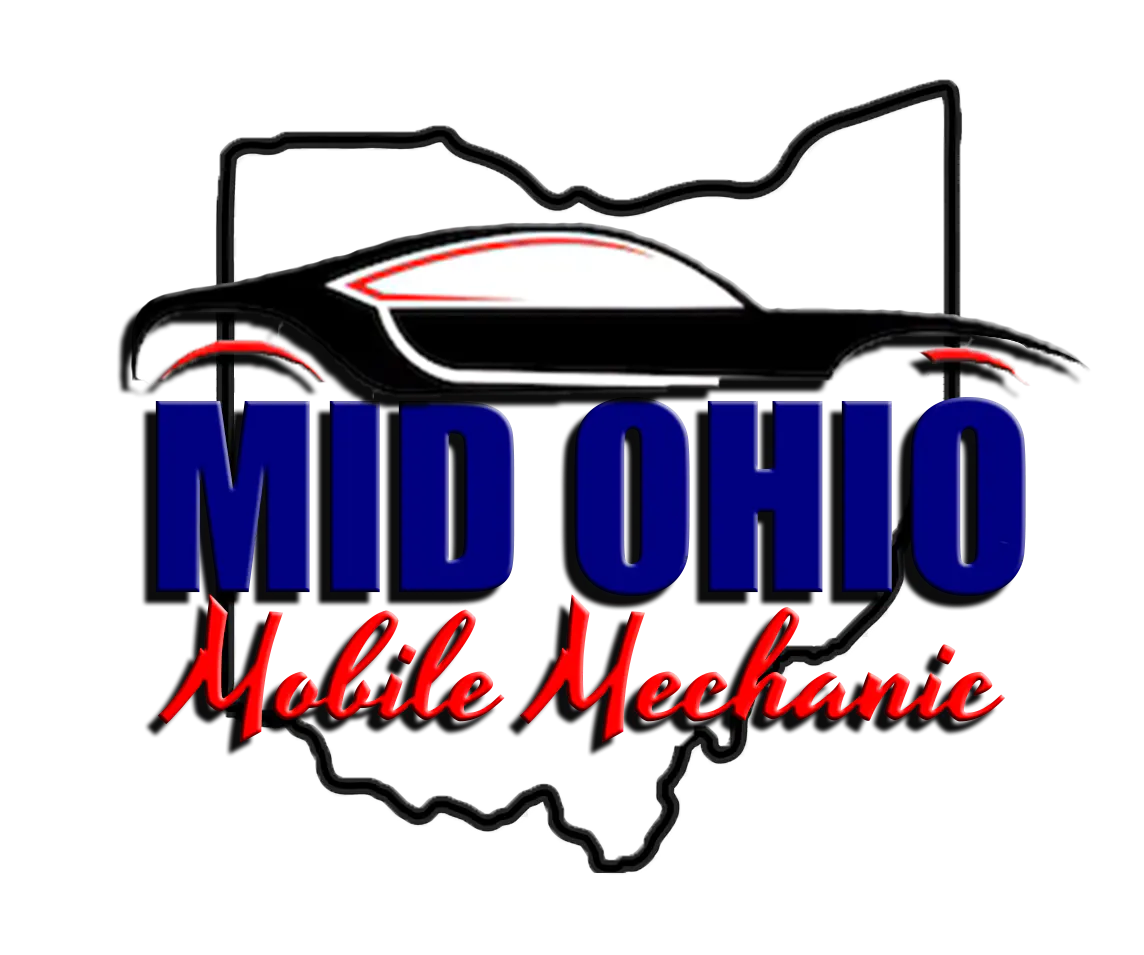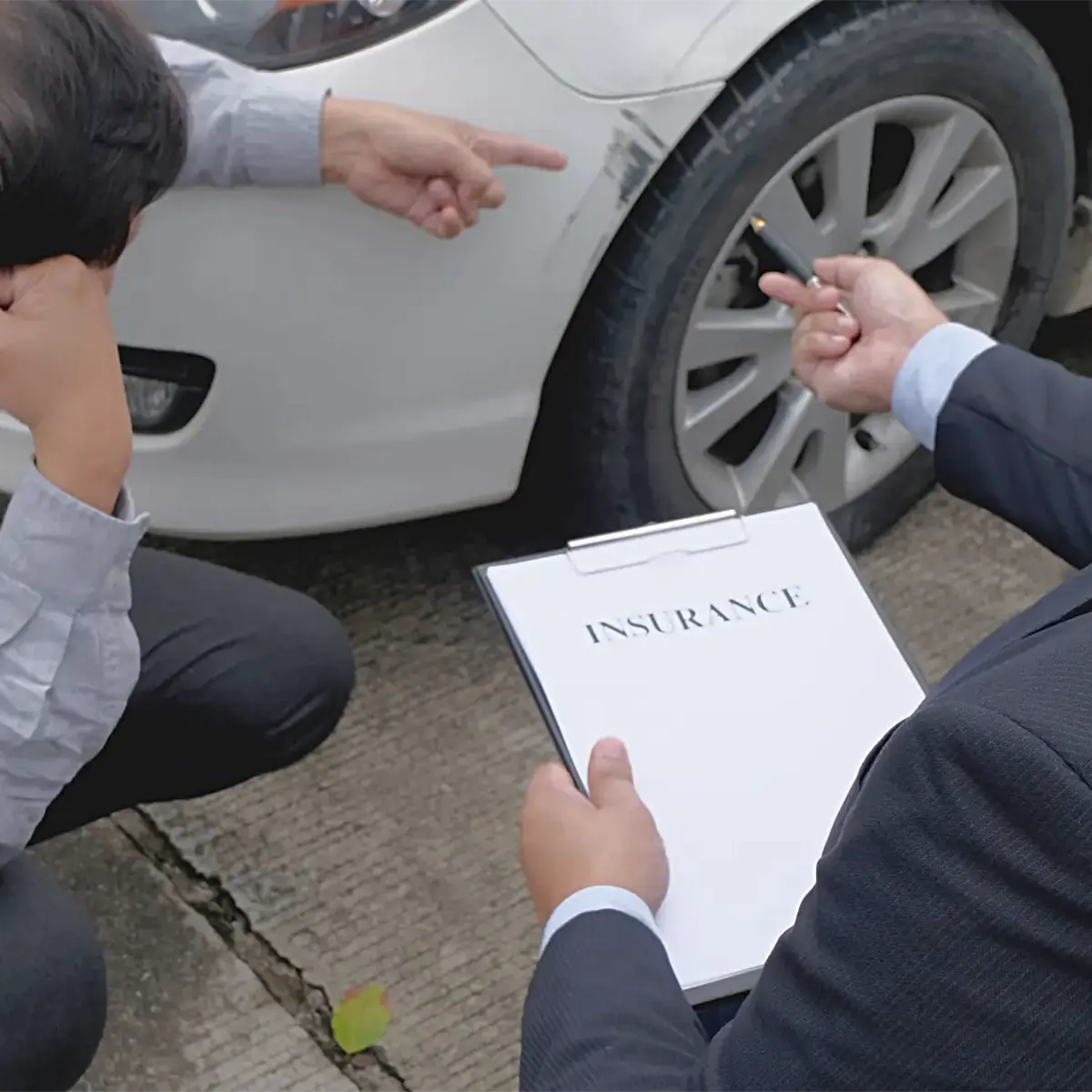Experiencing a car accident is stressful. Beyond the immediate shock and inconvenience, drivers face the often complex world of insurance claims and collision repair. Navigating this process efficiently is essential to ensure that your vehicle is properly repaired, that costs are managed, and that you can return to normal life with minimal disruption. Understanding how insurance works, what to expect, and how to advocate for yourself can make a significant difference in the collision repair experience.
This comprehensive guide breaks down the insurance process for collision repair, covering the steps from reporting an accident to receiving a fully repaired vehicle. It provides practical advice for vehicle owners to make the process smoother, faster, and more effective.
Step 1: Immediate Actions After an Accident
Before contacting your insurance company, there are several critical steps to take immediately after a collision.
Ensure Safety
- Check for Injuries: Prioritize the health and safety of yourself, passengers, and others involved.
- Move to Safety: If possible, move vehicles out of traffic to prevent further accidents.
- Call Emergency Services: For serious accidents, call 911 to report injuries or significant damage.
Document the Scene
- Photographs: Capture images of vehicle damage, surrounding area, skid marks, traffic signs, and any contributing factors.
- Exchange Information: Obtain names, contact details, insurance information, and license plate numbers of all parties involved.
- Witness Statements: Collect contact information from witnesses if available.
File a Police Report
- Mandatory in Some Areas: Some states require a police report for certain types of collisions.
- Insurance Requirement: A police report often helps facilitate the claims process and provides an official record of the incident.
Step 2: Reporting the Accident to Your Insurance Company
Prompt reporting is essential to avoid delays or complications.
Contact Your Insurance Agent
- Provide a clear and accurate account of the accident.
- Include information about all vehicles involved, damages, and any injuries.
Provide Documentation
- Submit photos, police reports, and any witness statements.
- Be honest and concise; avoid speculation or assigning blame.
Understand Your Coverage
- Collision Coverage: Pays for repairs to your vehicle regardless of fault.
- Liability Coverage: Covers damages and injuries to other parties if you are at fault.
- Comprehensive Coverage: Covers non-collision events such as theft, vandalism, or natural disasters.
- Deductibles: Understand how much you are responsible for paying out-of-pocket.
Knowing your coverage limits and deductibles upfront helps set realistic expectations for the repair process.
Step 3: Choosing a Repair Shop
Insurance companies often provide a list of approved auto body shops, but vehicle owners have the right to choose any repair facility.
Insurance-Approved Shops
- Pros: Convenient, often pre-negotiated rates, and familiarity with insurance processes.
- Cons: Limited flexibility in choosing specific technicians or services.
Independent Repair Shops
- Pros: Potentially personalized service, flexibility in parts and repair methods, and direct communication with technicians.
- Cons: May require additional coordination with the insurance company.
Considerations
- Experience with your vehicle make and model.
- Certification or manufacturer-approved repair status.
- Reviews or recommendations from previous customers.
- Quality guarantees and warranty on repairs.
Choosing the right shop ensures that repairs are performed correctly, preserving vehicle safety and value.
Step 4: Insurance Estimate and Claim Approval
Once a repair shop is selected, an insurance adjuster typically evaluates the damage.
Damage Assessment
- Visual Inspection: Adjusters examine visible damage and estimate repair costs.
- Disassembly: Some areas may need to be partially disassembled to reveal hidden damage.
- Supplemental Estimates: Additional costs discovered during repairs may require further approval.
Estimate Review
- Compare the insurance estimate with the repair shop’s assessment.
- Ensure all damaged areas, including mechanical, structural, and cosmetic issues, are included.
- Discuss discrepancies with both the adjuster and repair shop to ensure full coverage.
Approval Process
- The insurance company authorizes repairs based on the verified estimate.
- Be aware of any limits or exclusions in your policy that may affect coverage.
Step 5: Scheduling and Performing Repairs
Once the claim is approved, repairs can begin.
Repair Timeline
- Factors influencing repair duration include severity of damage, parts availability, and shop workload.
- Minor cosmetic repairs may take a few days, while major structural repairs can take several weeks.
Types of Repairs
- Cosmetic Repairs: Paint touch-ups, dent removal, bumper repair, and panel alignment.
- Structural Repairs: Frame straightening, suspension realignment, and reinforcement replacement.
- Mechanical Repairs: Brakes, steering, or engine components affected by the collision.
- Electrical Repairs: Sensor recalibration, airbag replacement, and infotainment system checks.
Quality Control
- Shops perform inspections at multiple stages to ensure proper alignment, paint finish, and component function.
- Test drives and calibration checks confirm that the vehicle operates safely and efficiently.
Step 6: Handling Parts and Materials
The type of parts used can influence the repair quality and insurance handling.
Original Equipment Manufacturer (OEM) Parts
- Exact replicas of factory-installed components.
- Ensure precise fit, compatibility, and durability.
Aftermarket Parts
- Often less expensive alternatives; quality may vary.
- May be subject to insurance approval based on policy terms.
Recycled or Salvaged Parts
- Environmentally friendly and cost-effective option.
- Must meet safety and performance standards.
Insurance policies may have specific requirements regarding which parts can be used, so clear communication with both the repair shop and insurer is essential.
Step 7: Payment and Deductibles
Understanding how payments work reduces confusion and delays.
- Deductible Payment: Vehicle owners pay their deductible amount directly to the repair shop.
- Insurance Payment: The insurance company pays the remaining approved repair costs.
- Supplemental Repairs: If additional damage is discovered, additional approvals and payments may be required.
Proper documentation and coordination ensure that all parties are aware of financial responsibilities.
Step 8: Vehicle Pickup and Final Inspection
Once repairs are completed, a final inspection ensures that the vehicle is restored to pre-accident condition.
Owner Review
- Inspect exterior paint, panel alignment, and cosmetic finish.
- Confirm that mechanical and electronic systems function correctly.
Documentation
- Receive repair invoices, parts lists, and any warranty information.
- Retain records for insurance and future reference.
Test Drive
- Verify handling, braking, and overall performance.
- Address any remaining concerns with the repair shop before leaving.
Common Challenges During the Insurance Process
Navigating the insurance process can involve obstacles:
- Discrepancies Between Estimates: Repair shops may find damage not initially included in the insurance estimate.
- Part Delays: Specialty or OEM parts can take time to arrive.
- Policy Limits and Exclusions: Certain repairs may not be fully covered.
- Communication Gaps: Misunderstandings between repair shops, adjusters, and vehicle owners can delay approval.
Being proactive, organized, and communicative helps overcome these challenges efficiently.
Tips for a Smooth Insurance and Repair Experience
- Document Everything: Keep photos, receipts, and correspondence for reference.
- Ask Questions: Clarify coverage, repair timelines, and parts selection.
- Stay Involved: Regularly check in with both the repair shop and insurance adjuster.
- Understand Your Rights: You have the right to choose your repair shop and ensure repairs meet your expectations.
- Verify Repairs: Inspect the vehicle thoroughly before final approval or payment.
The Role of Professional Auto Body Shops
A professional, full-service auto body shop simplifies the insurance process:
- Claims Assistance: Many shops help coordinate with insurers for estimates, approvals, and supplemental damage.
- Expert Assessments: Trained technicians identify hidden damage that may not be evident during the initial insurance inspection.
- Quality Assurance: Repairs are performed to manufacturer specifications, preserving safety, performance, and vehicle value.
Choosing a reputable repair shop reduces stress and ensures a smooth, successful collision repair experience.
Long-Term Benefits of Properly Navigating the Insurance Process
Successfully managing the insurance process for collision repair provides long-term advantages:
- Safety: Ensures structural, mechanical, and electronic systems are restored properly.
- Reliability: Repairs performed correctly reduce the likelihood of future breakdowns.
- Financial Protection: Proper handling of deductibles, claims, and supplemental repairs prevents unexpected out-of-pocket expenses.
- Vehicle Value: Full restoration using approved parts and professional techniques maintains resale and trade-in value.
- Peace of Mind: Knowing that your vehicle is safe, functional, and fully repaired allows you to move forward confidently.
Conclusion
Navigating the insurance process for collision repair can be complex, but understanding each step empowers vehicle owners to manage claims efficiently and ensure complete, high-quality repairs. From immediate post-accident actions to reporting, estimate review, repair scheduling, and final inspection, every stage plays a vital role in restoring your vehicle safely and effectively.
Proactive documentation, clear communication, and choosing the right repair shop can reduce delays, prevent disputes, and guarantee that your vehicle is returned to pre-accident condition. By approaching the insurance and repair process methodically, drivers can protect their investment, maintain vehicle safety, and resume their daily routines with confidence.

